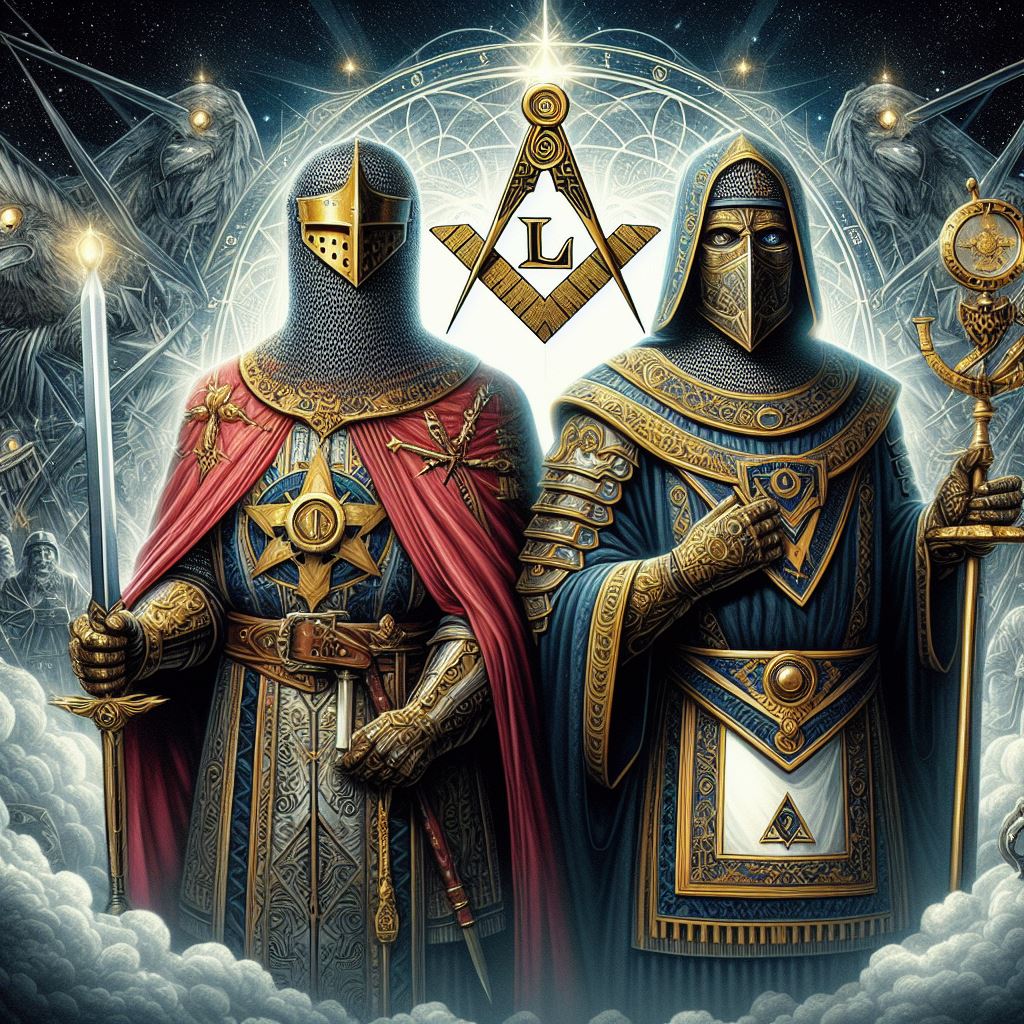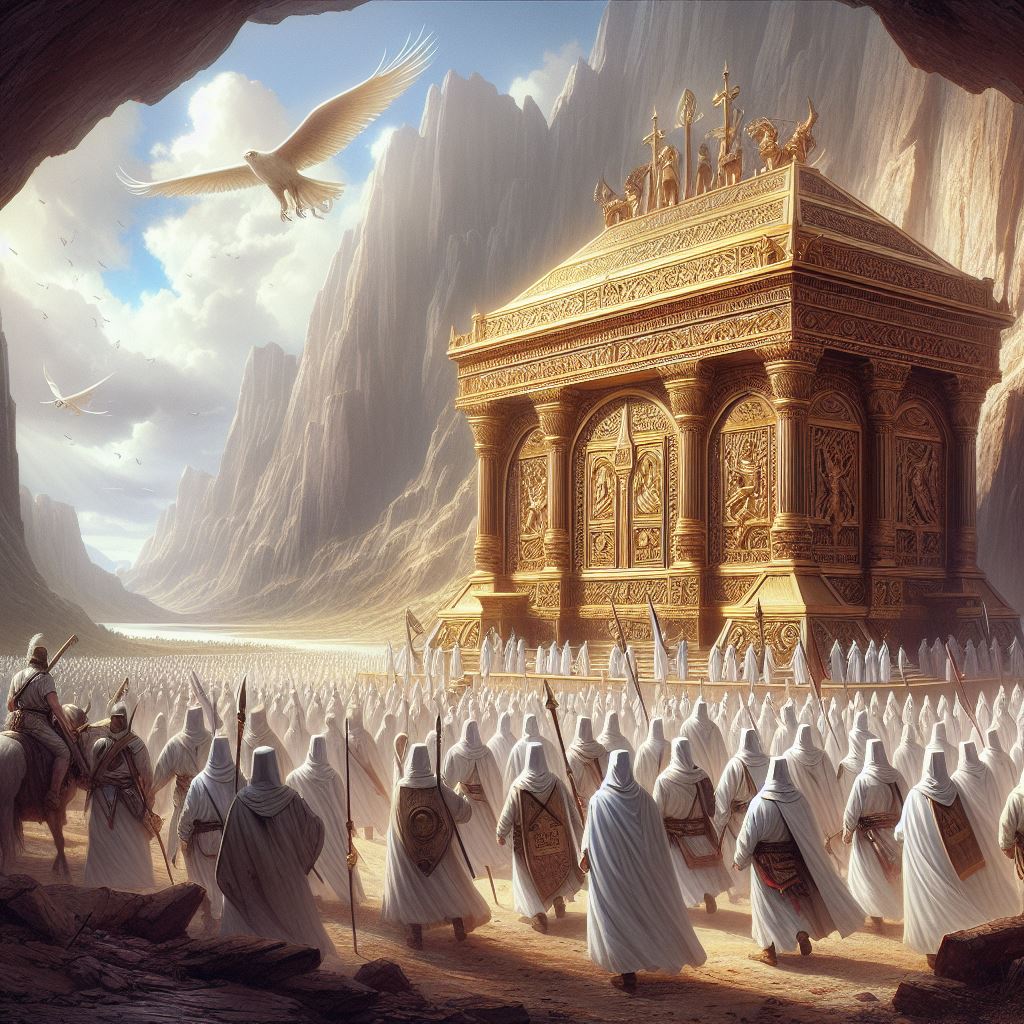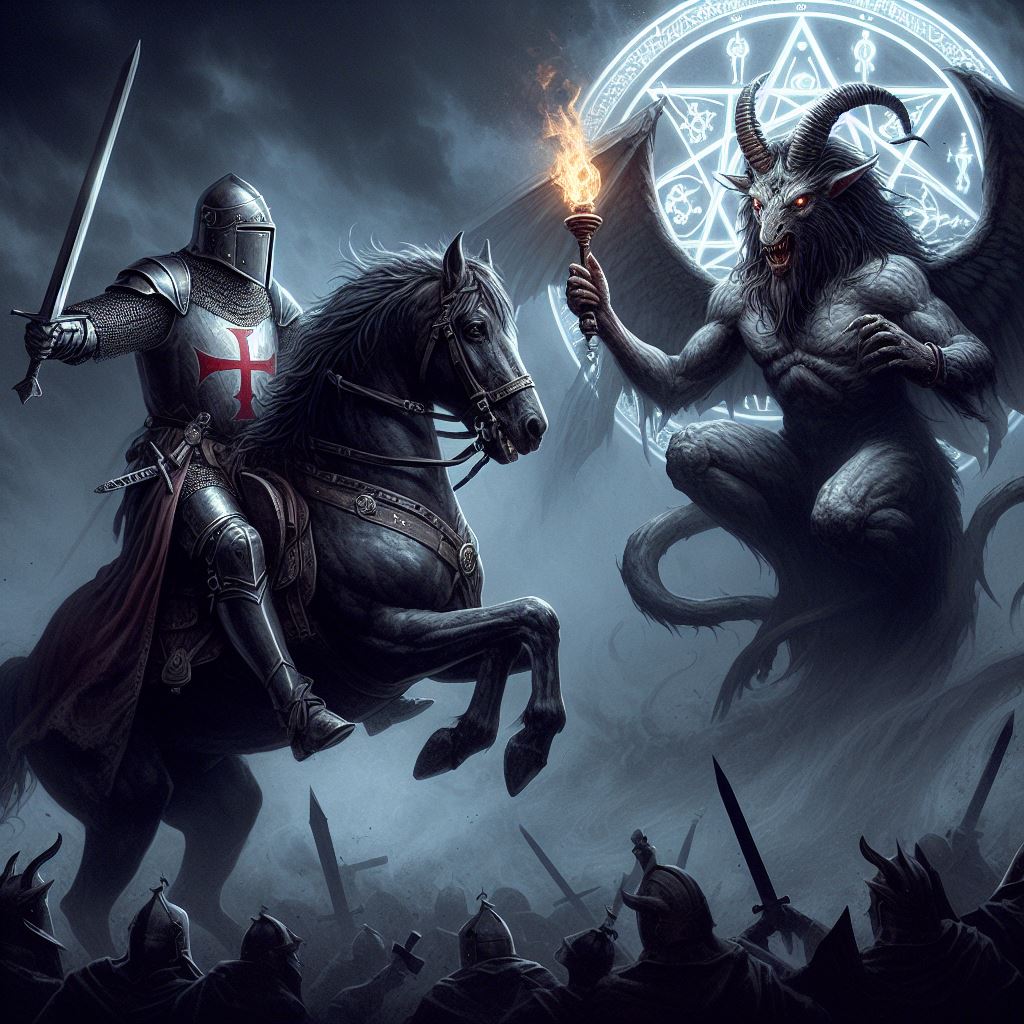Star Wars has turned into one of the greatest – if not THE greatest – movie franchise of all time. At the centre of the story is the Jedi Order made up of Jedi Knights who go through rigorous training at the Jedi academies where they discover the way of the Force. Given that George Lucas originally intended to use the ‘Templar’ word and ideal for his Jedi – how similar are they to the Knights Templar?
Jedi-Templer – the George Lucas take on the Knights Templar?
Lucas came up with the idea for this chivalrous and powerful Jedi order in a 1973 early outline of the Star Wars concept titled Journal of the Whills. Without going into too much detail, the Whills were a kind of higher race to whom R2-D2 would recount the whole story of Star Wars – or rather the biography of Luke Skywalker (or Starkiller as he was originally called).
An early discarded draft referred to characters subsequently not used – and the term ‘Jedi-Templer’. A protagonist describes the path to becoming a Jedi-Templer:
I chose the profession of my father, rather than a more profitable career. I was 16 I believe, and pilot of the trawler Balmung, when my ambitions demanded that I enter the exalted Intersystems Academy to train as a potential Jedi-Templer. It is here that I became padawaan learner to the great Mace Windy, highest of all the Jedi-bendu masters, and at that time, Warlord to the Chairman of the Alliance of Independent Systems.
A padawan – or ‘padawaan’ as spelt above – is basically an apprentice Jedi Knight – bit like a medieval squire. These ‘force sensitive’ adolescents are paired with Jedi Knights or Jedi Masters after passing their initiate trials.
Compare that to the Knights Templar where an initiate would be put through rigorous training in line with the order’s Rule before being accepted as a full-blown knight. I wouldn’t compare the padawan to sergeants (ordinary brothers) or turcopoles (auxiliaries) in the Knights Templar because they didn’t go on, normally, to become knights. The padawans are more like local young nobility seeking to become Templar knights.
George Lucas used this term padawan early on in his private scripts but it only became public with the movie Star Wars: Episode One The Phantom Menace (1999). Padawans dress very similarly to full-blown Jedi Knights and Masters but are required to have a braid of hair on one side to denote their inferior rank.
Jedi Temple – a Templar stronghold!
The Jedi Temple was the HQ of the order on Coruscant – crowned by five very distinctive spires. This planet-wide city or ‘ecumenopolis’ is the home of the Jedi. Their Jerusalem if you will. It first appears in a trilogy of books by science fiction writer Timothy Zahn that were intended to continue the Star Wars saga after the first trilogy of movies ground to a half in 1983 with Return of the Jedi.
Volume one of the trilogy, Heir to the Empire, gives us Coruscant with its Jedi Temple. Lucas liked the idea and co-opted it into the new round of movies from 1999.
Like Jerusalem, Coruscant is bitterly fought over and destroyed. And like the Temple in Jerusalem, the Jedi Temple is smashed by evil enemies. The Jedi Temple was built on top of a Sith shrine – the Sith being an ancient order who worshipped the dark side of the Force. The Temple in Jerusalem was built to house the Ark of the Covenant, the Old Testament’s idea of what “the force” should look like – a golden box that could emit thunderbolts and slaughter thousands.
The Jedi were based at the Jedi Temple. The Knights Templar at the Temple in Jerusalem. Both were evicted from their holy sites. Supreme Chancellor Palpatine ordered the massacre at the temple and with the Empire triumphant it became the Imperial Palace. I’m not the first person to note the similarity between Palpatine and King Philip of France – destroyer of the real world Knights Templar.
The way in which the Jedi are then systematically hunted down, tortured and killed has eerie parallels to the fate of the Templars with their last Grand Master, Jacques de Molay, and others burned at the stake. But what of the attempt to create a new order dedicated to the force that is neither Jedi nor Sith. Well, we could make a stretched comparison with the rebranding of the Knights Templar in Portugal as the Order of Christ – who then went on to discover the New World.
Star Wars and history
From the very first Star Wars movie, it was obvious that George Lucas cheerfully absorbed every influence he liked from Second World War battle films to the rites of Japanese warriors. In 2013, Lucas collaborated on the book Star Wars and History that details how storylines drew on Ancient Egypt, the Roman Empire, the French Revolution, the Vietnam War, etc, etc.
The culture and organisation of the Jedi resembled the Knights Templar while their code drew on the Bushido of the Samurai. As Lucas told the Boston Globe in 2005: “I love history, so while the psychological basis of ‘Star Wars’ is mythological, the political and social bases are historical.”











